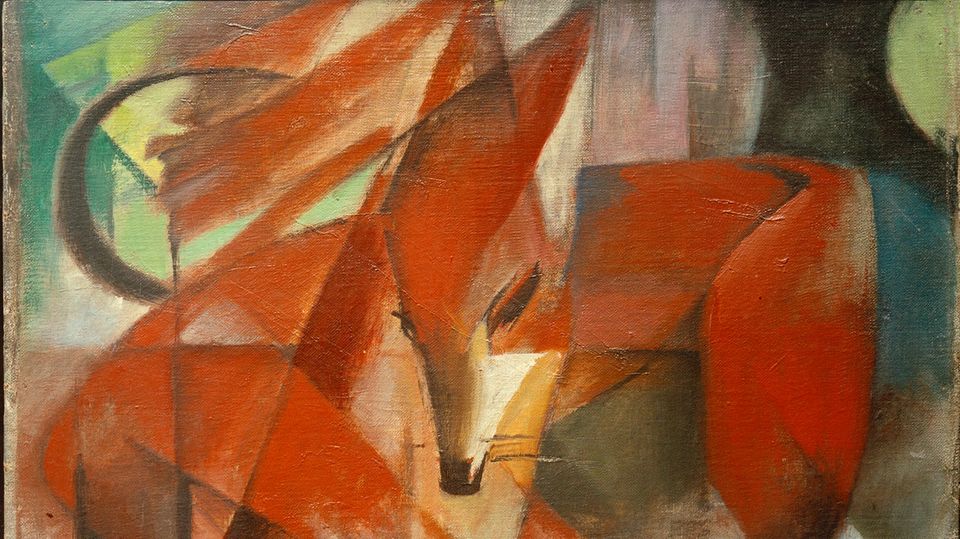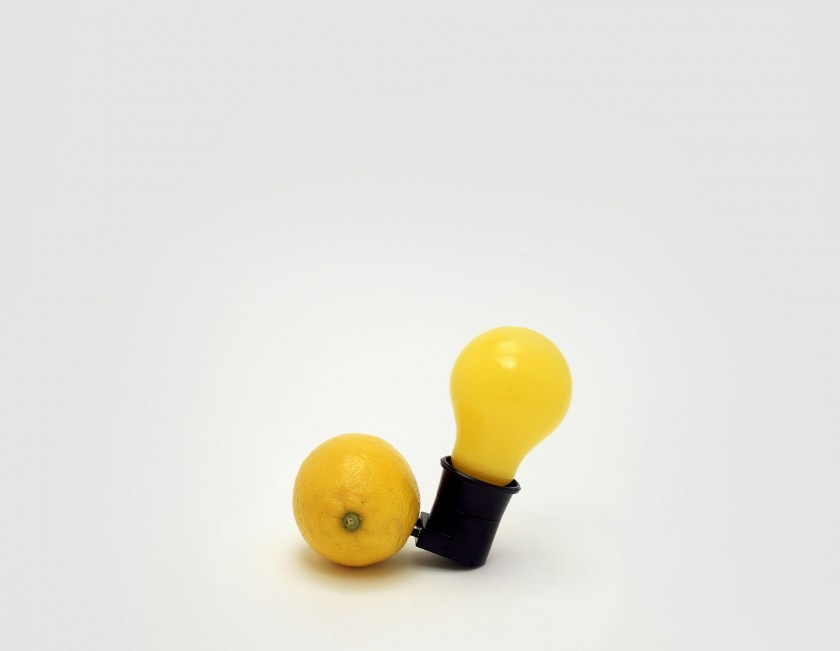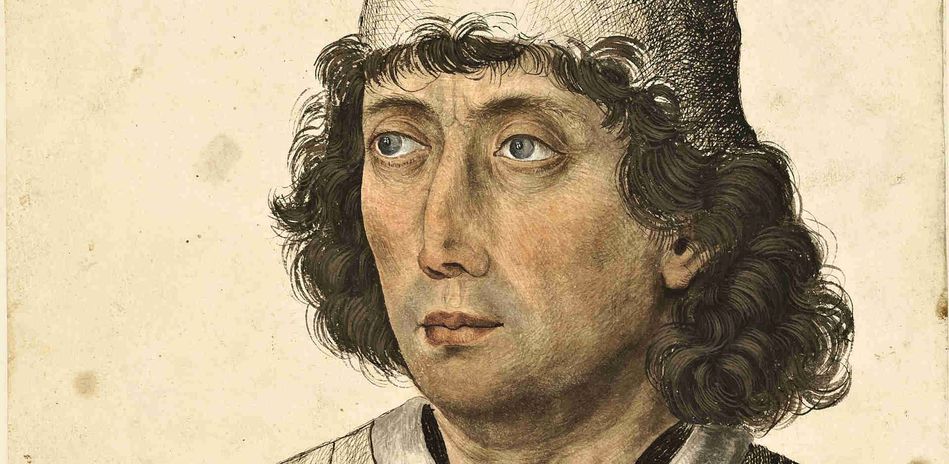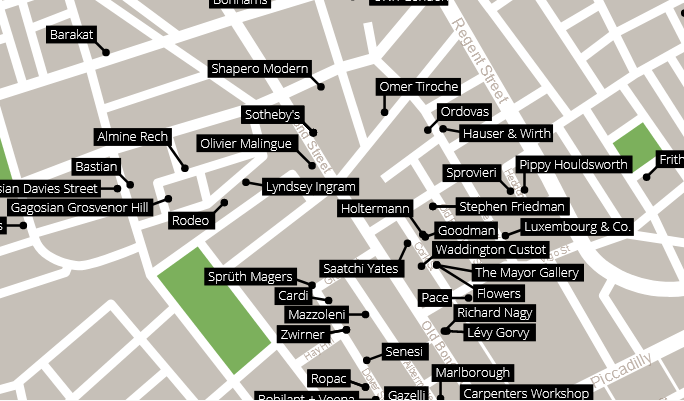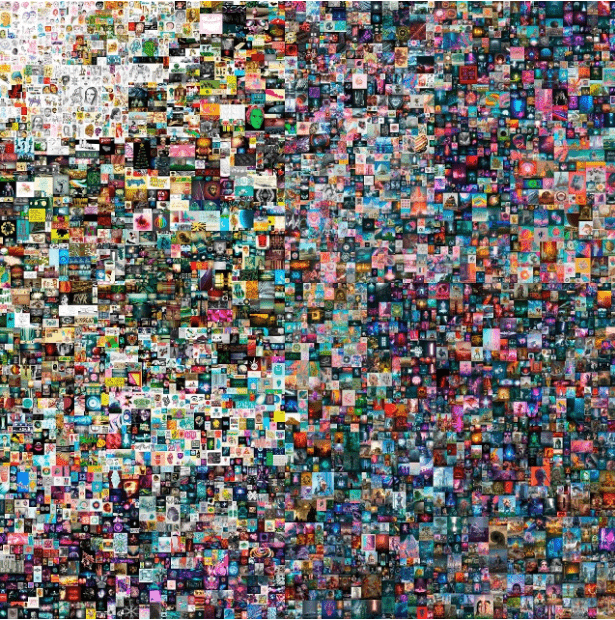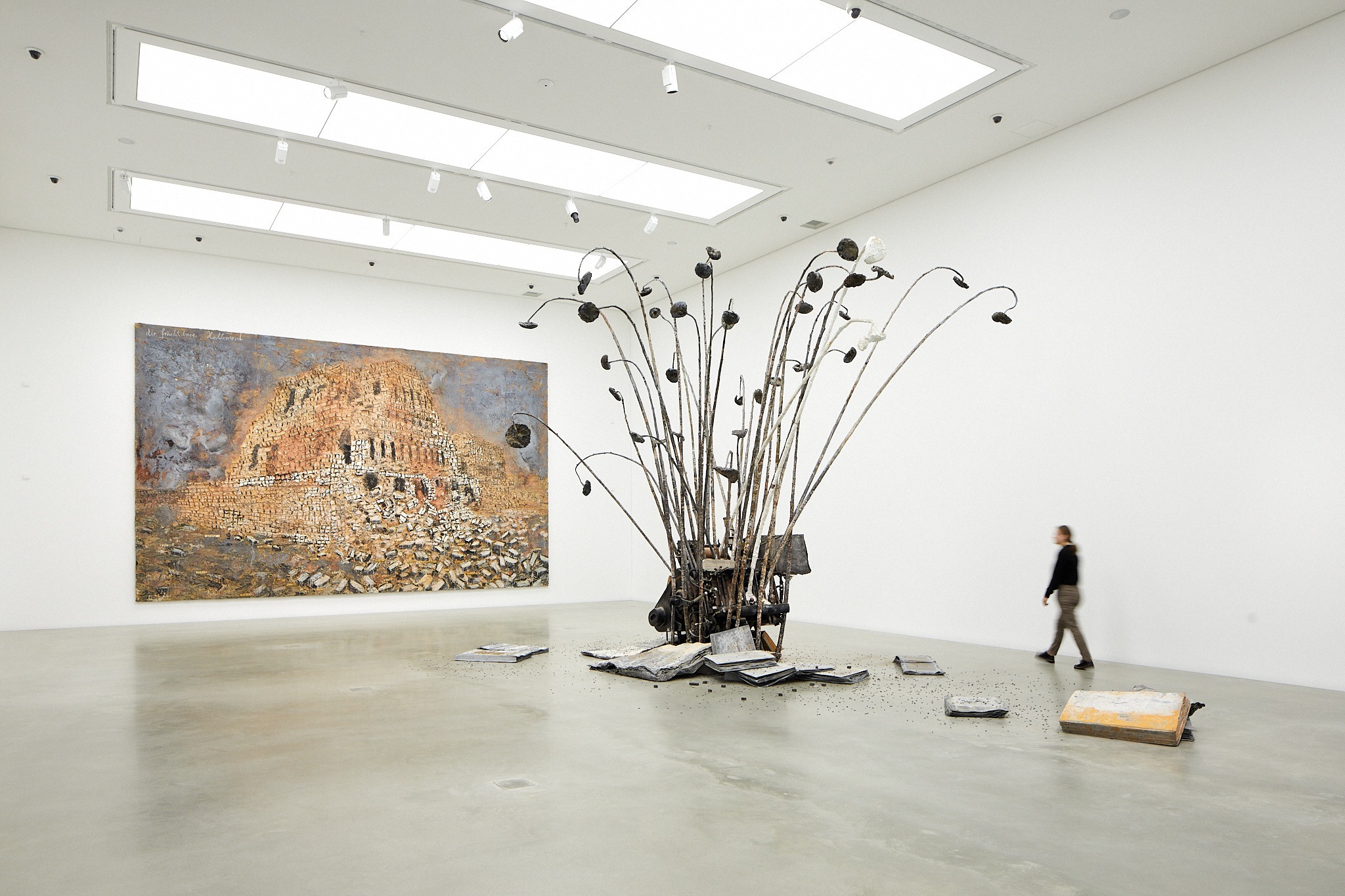12th Berlin Biennale for Contemporary Art opens next week
Is it a strange coincidence that on Saturday, June 11, 2022 not only the 12th Biennale for Contemporary Art will open in Berlin but also the WTA-500 tennis tournament at the Lawn Tennis Turnier Club Rot-Weiss? There are only so few really international events in the German capital that it sounds at least mysterious to […]
12th Berlin Biennale for Contemporary Art opens next week Weiterlesen →


